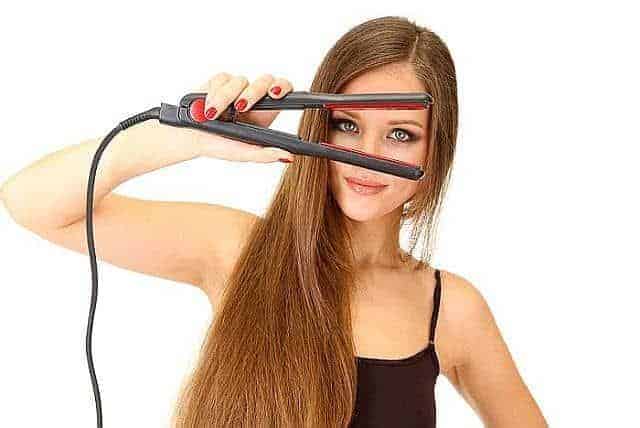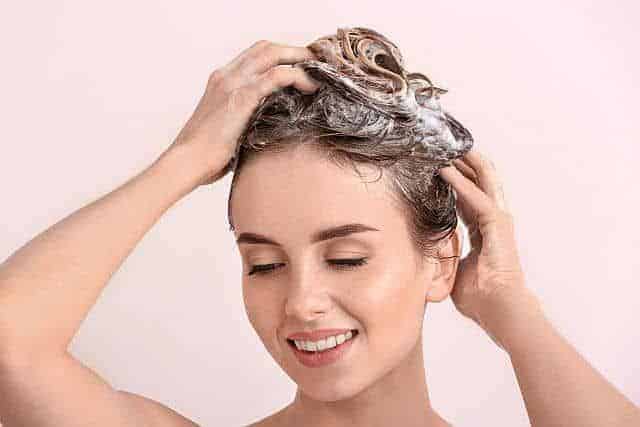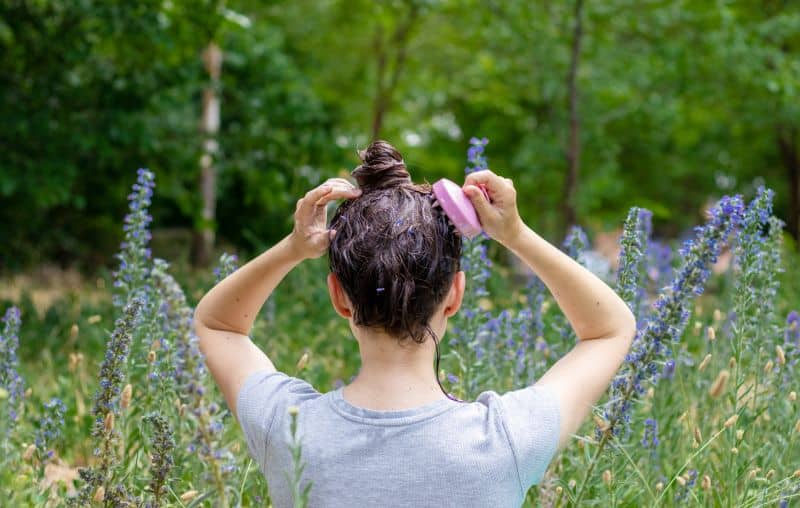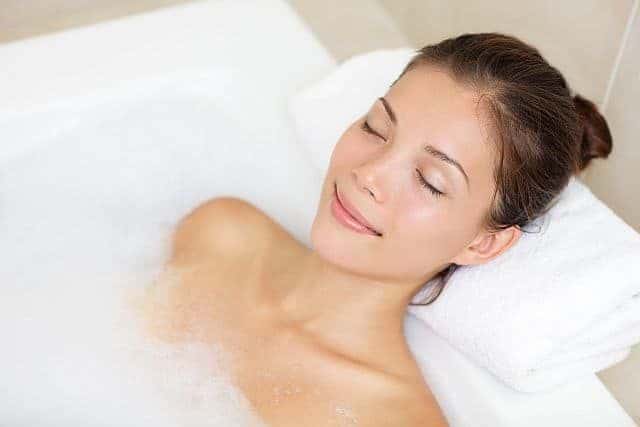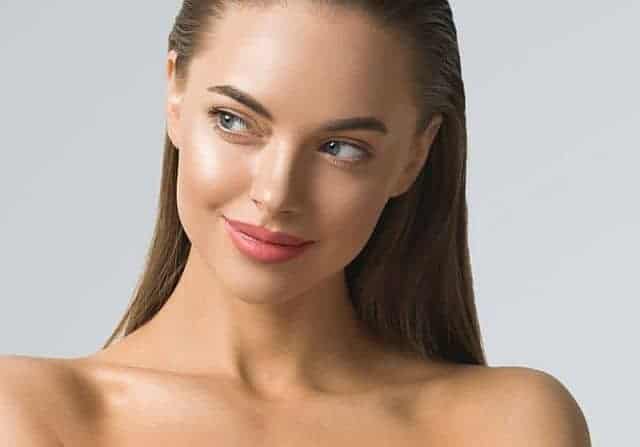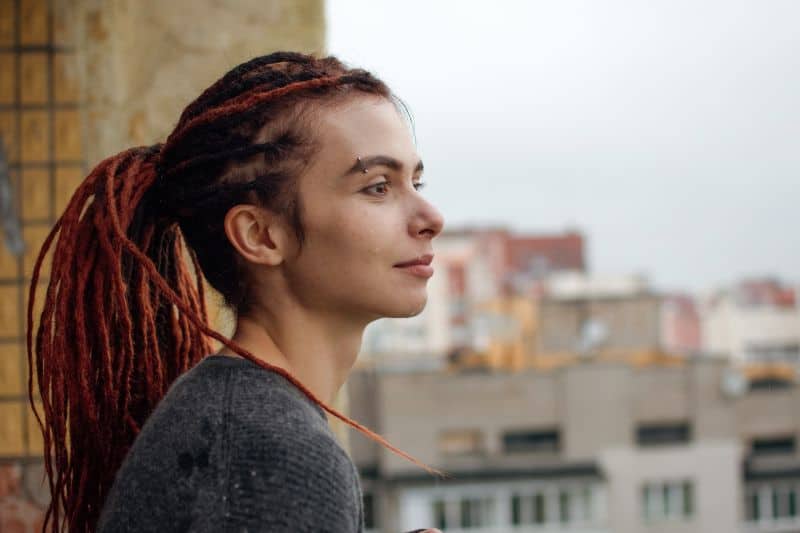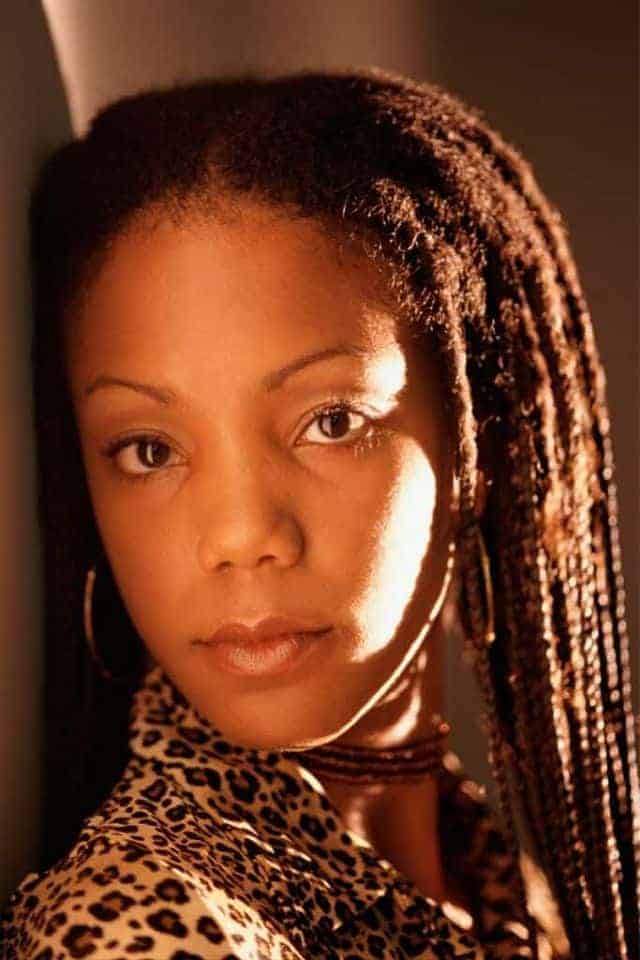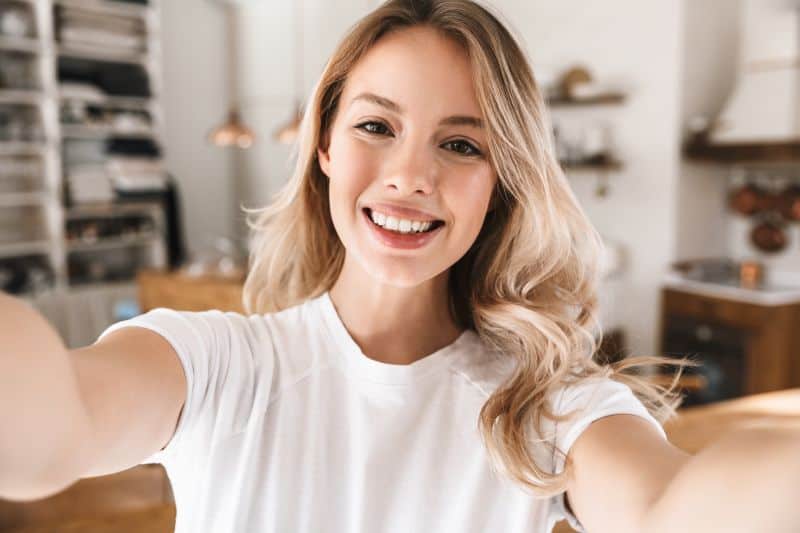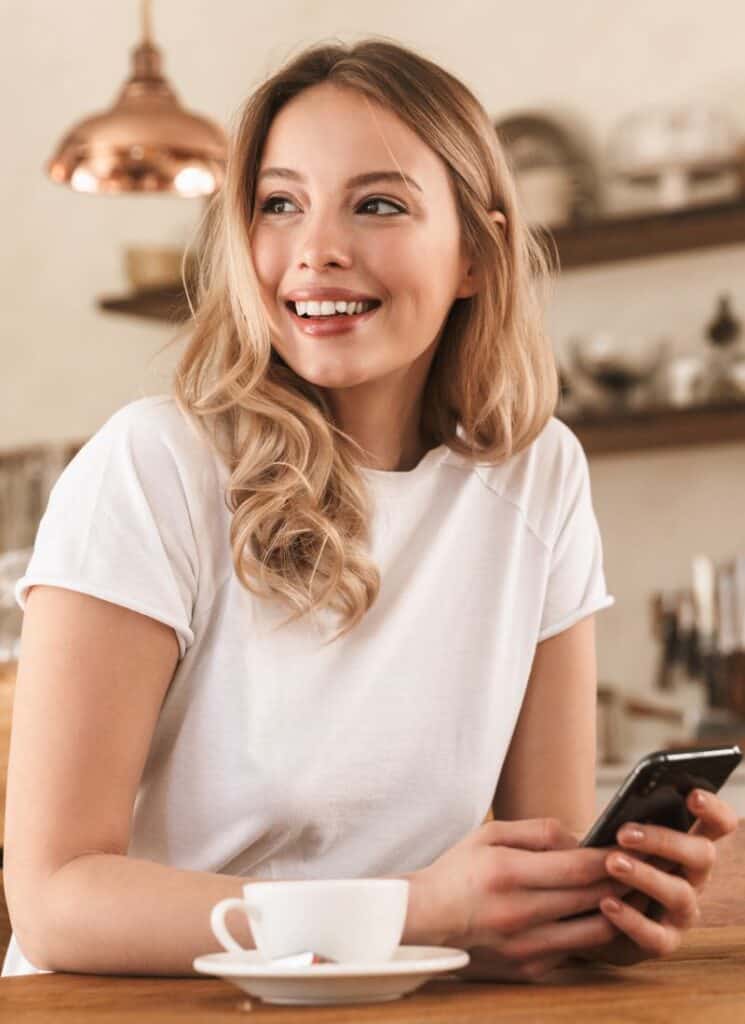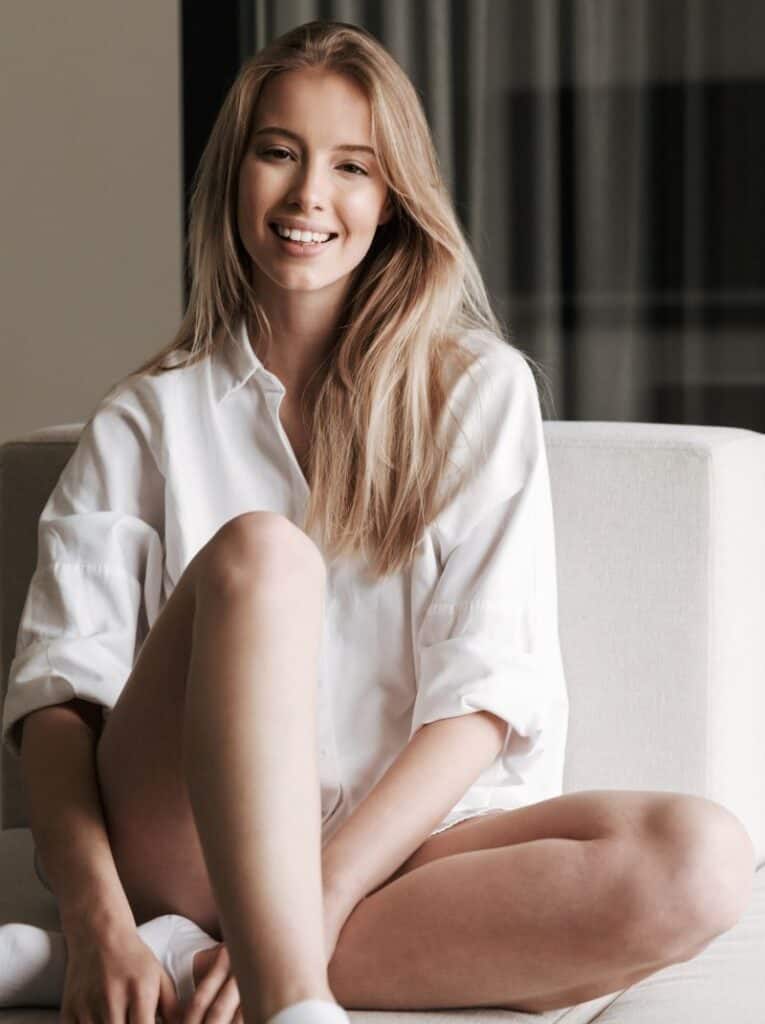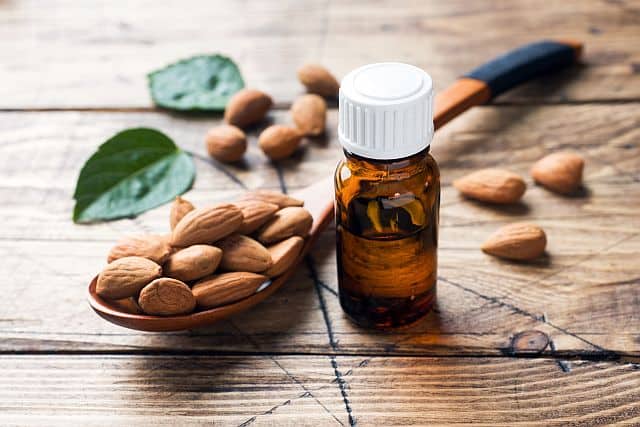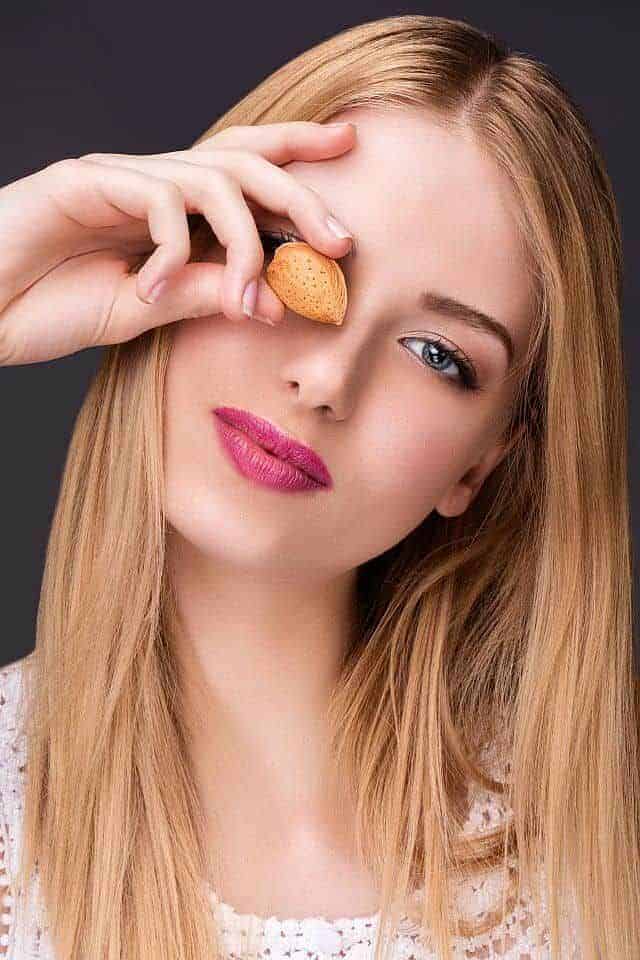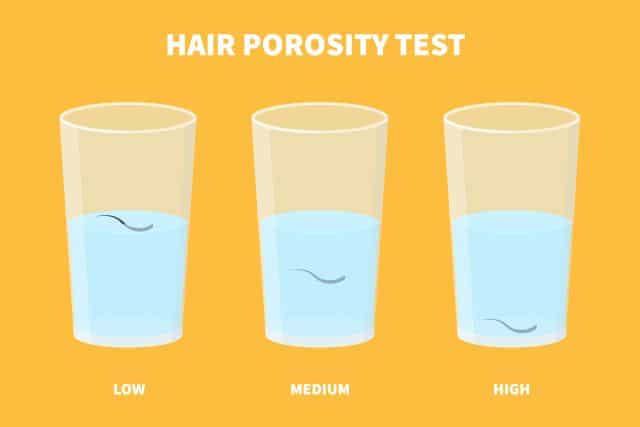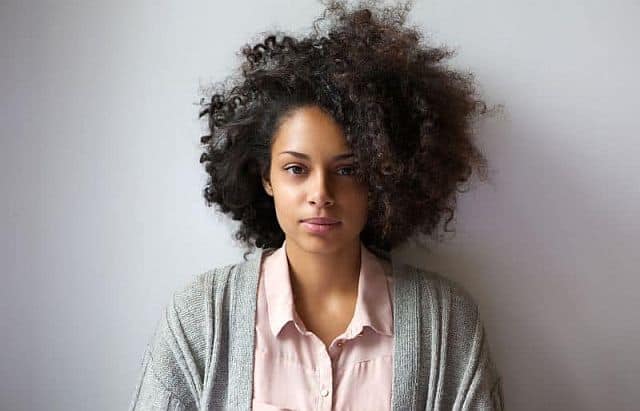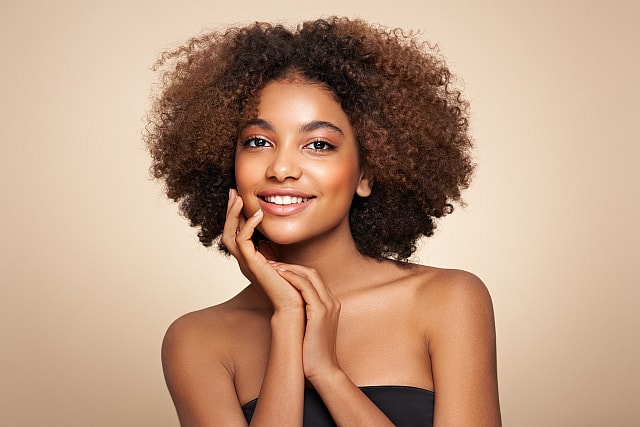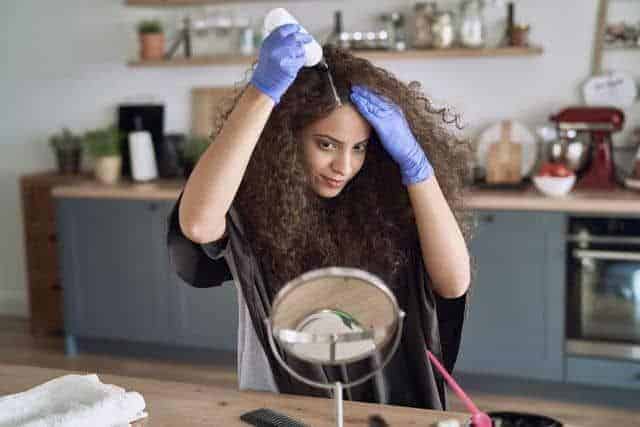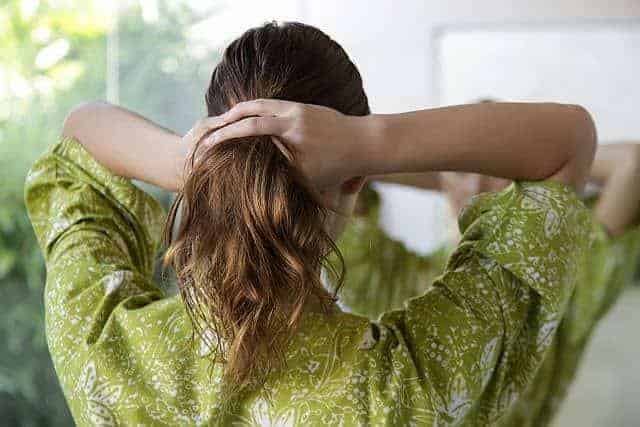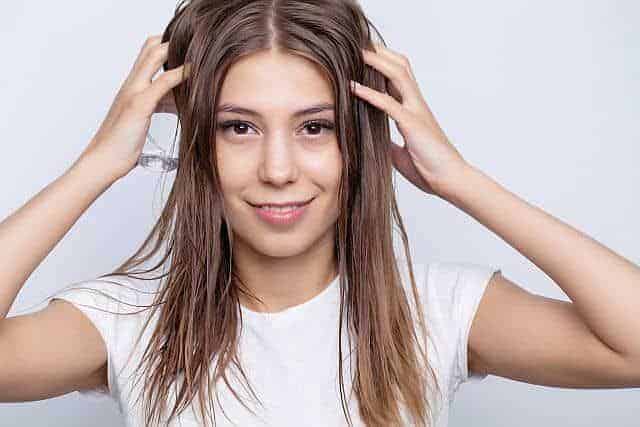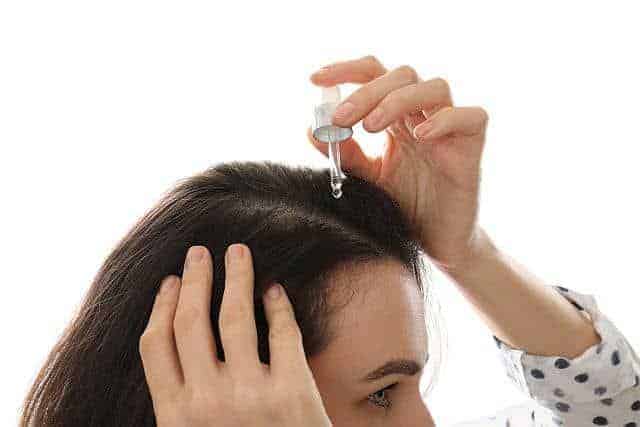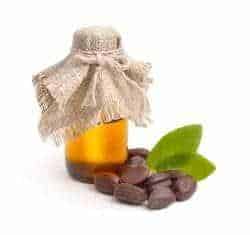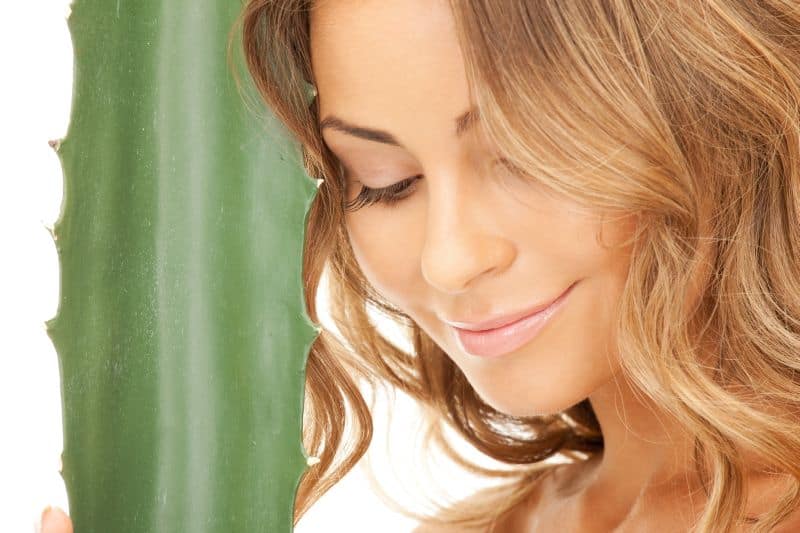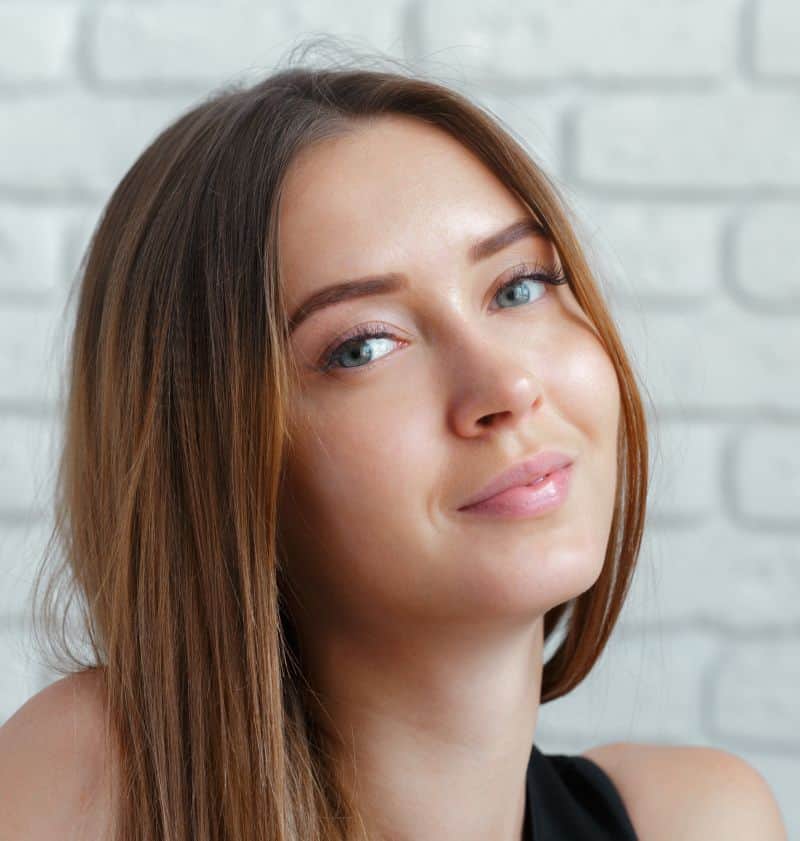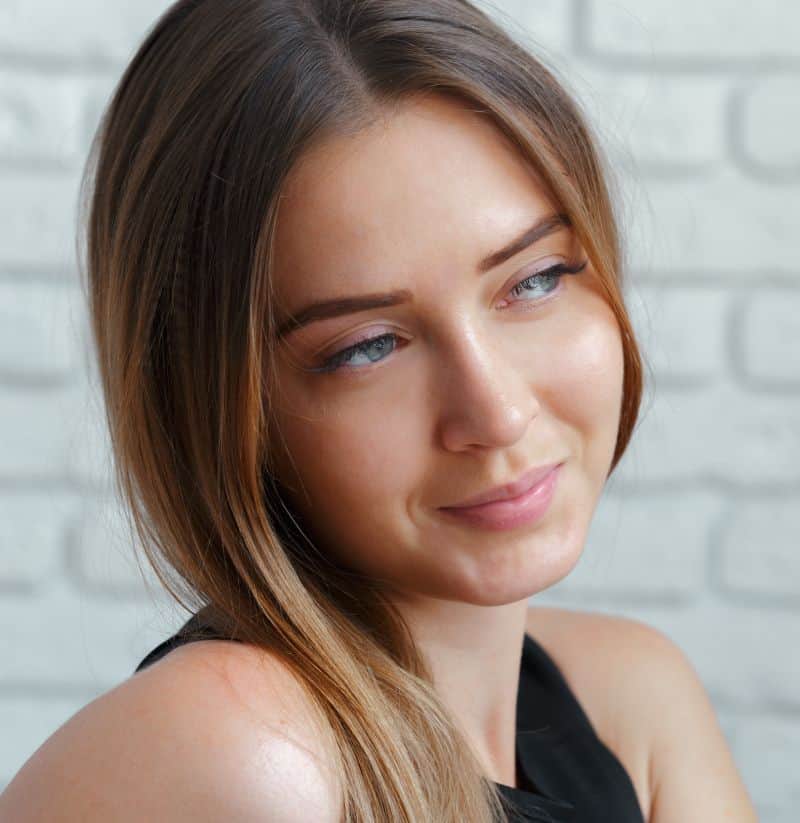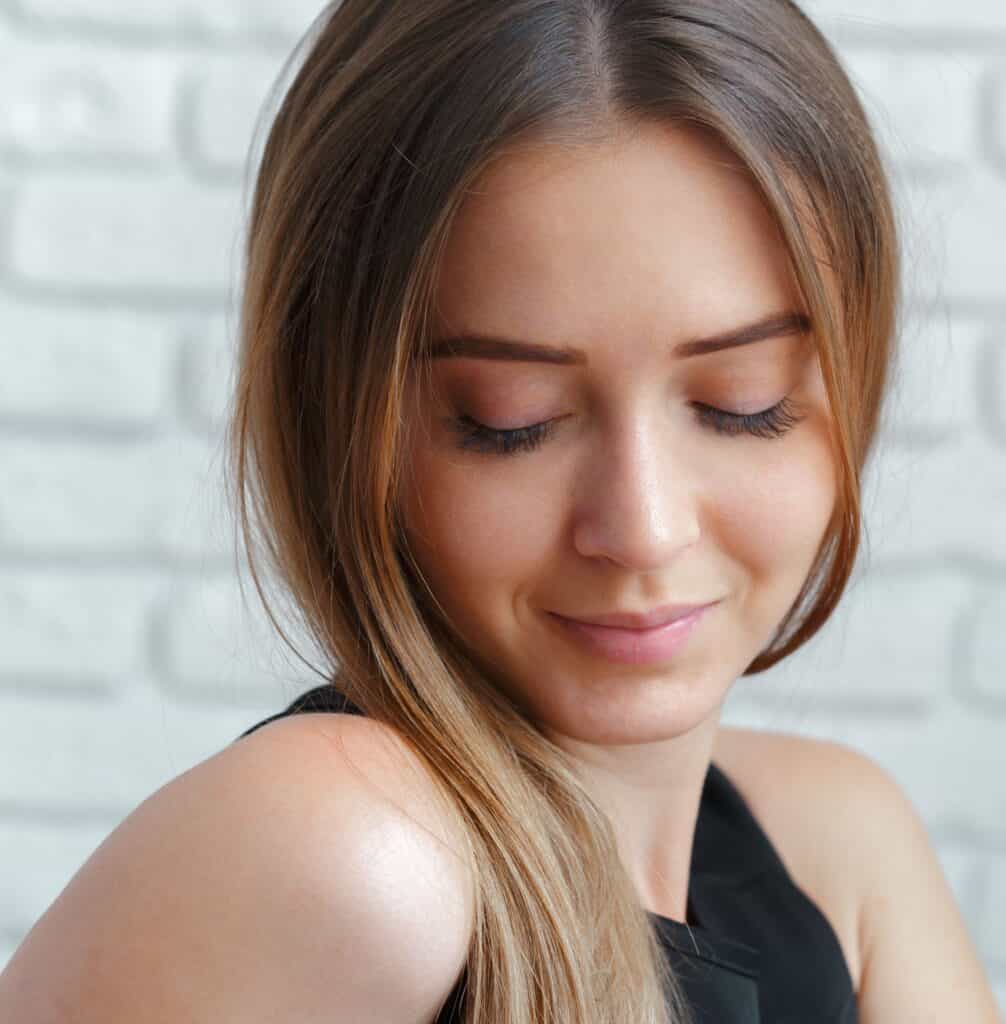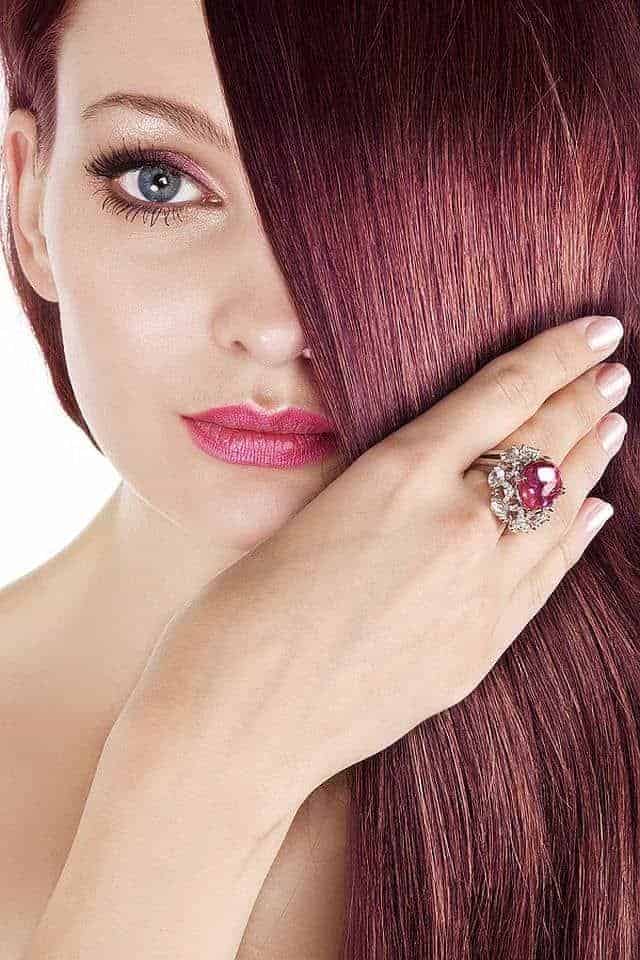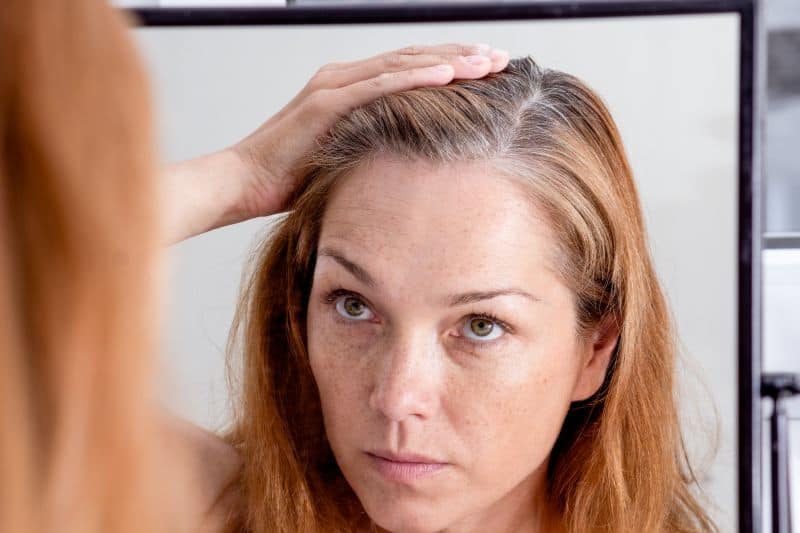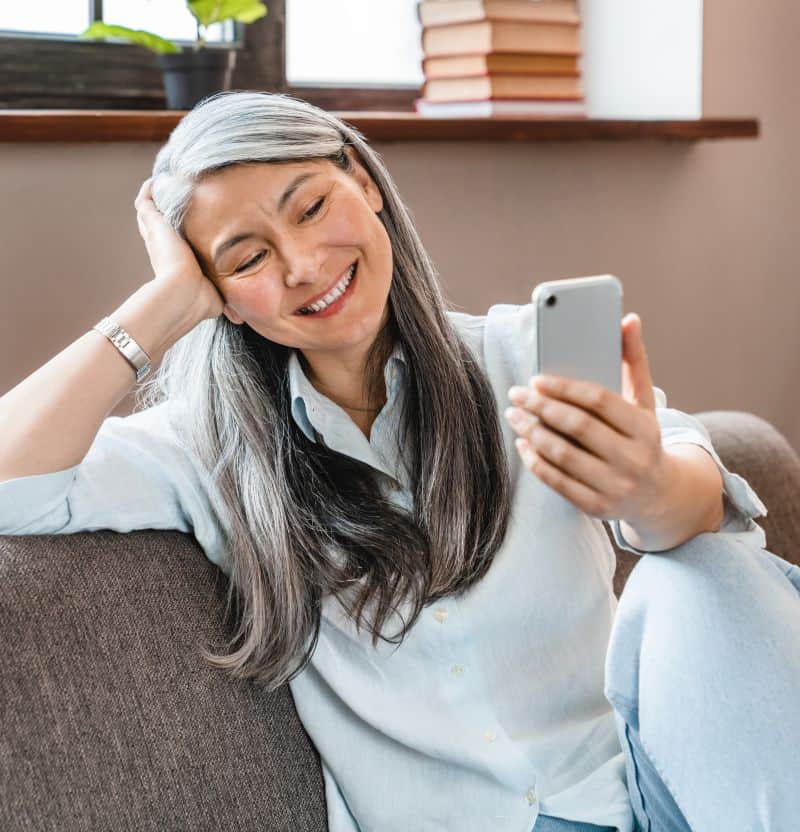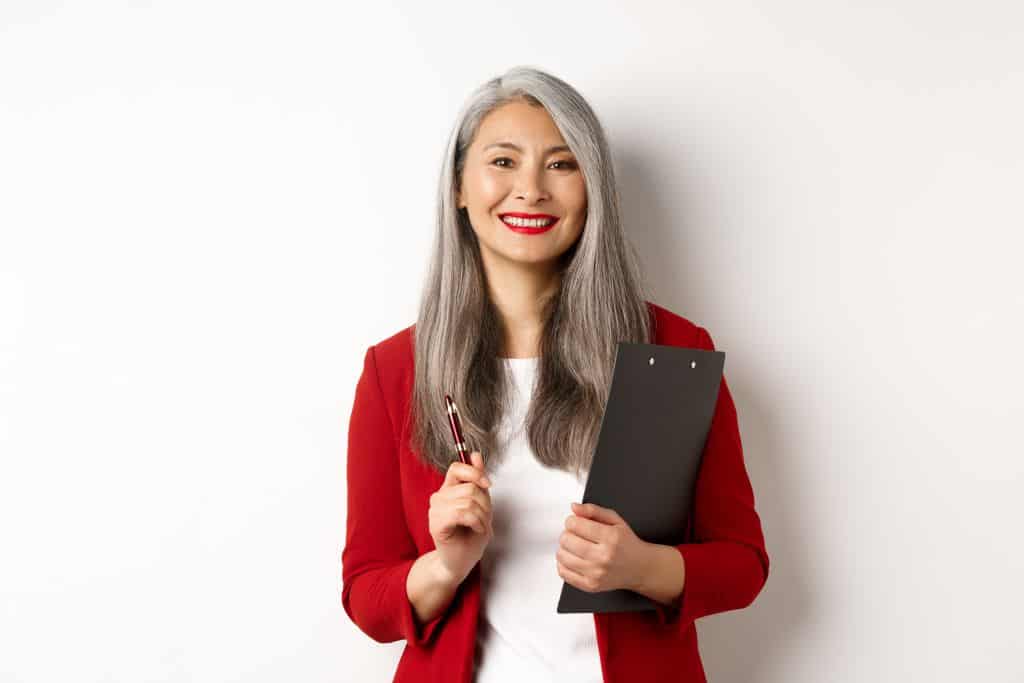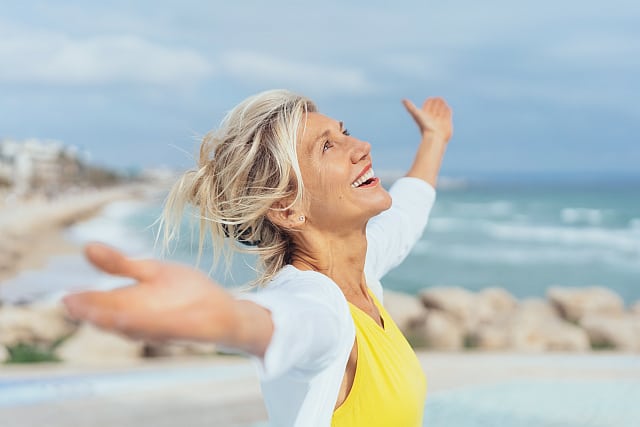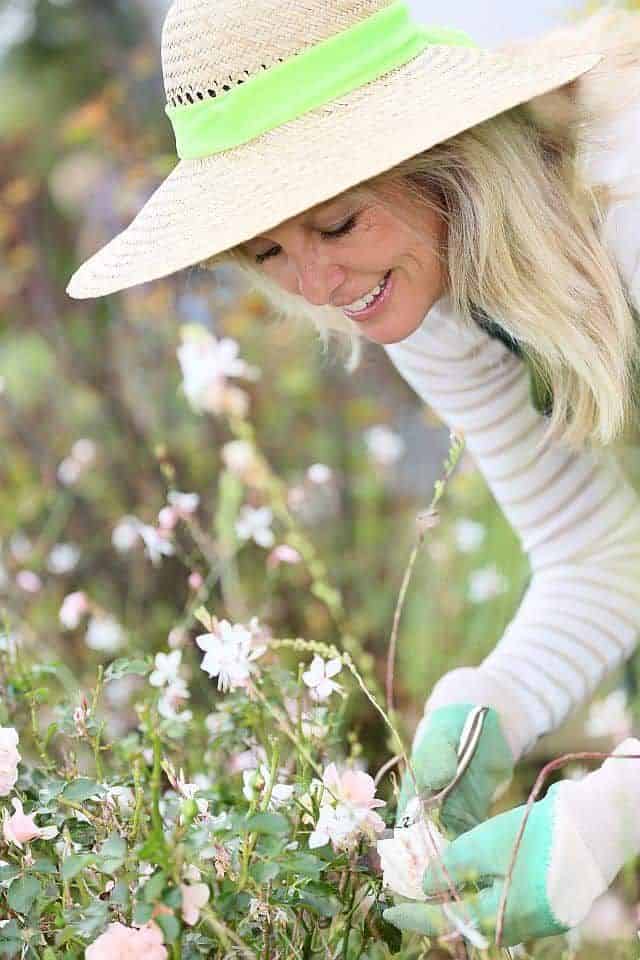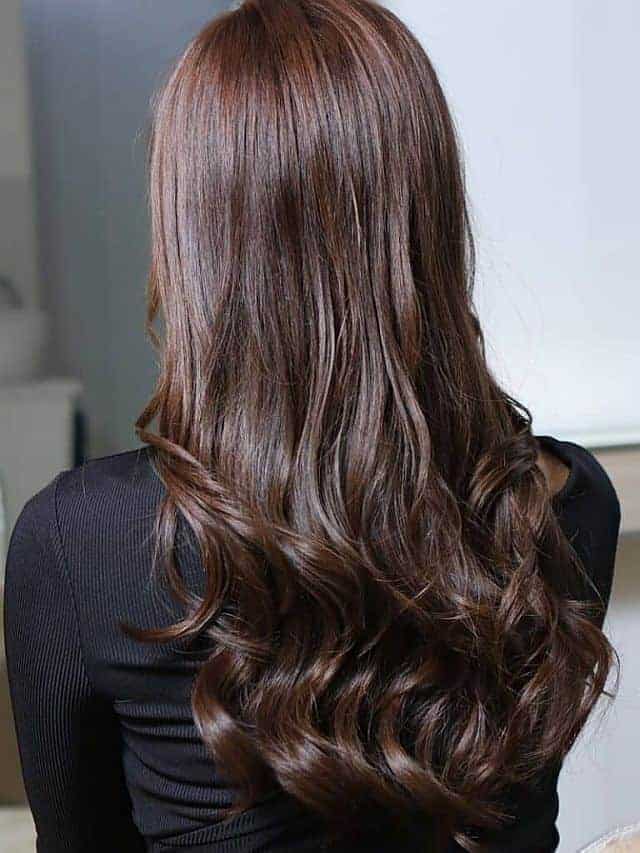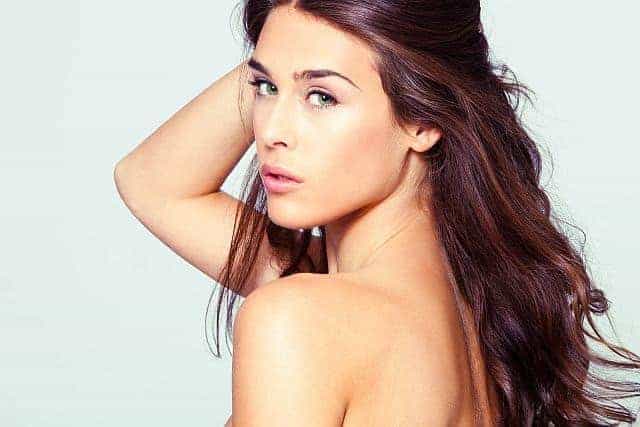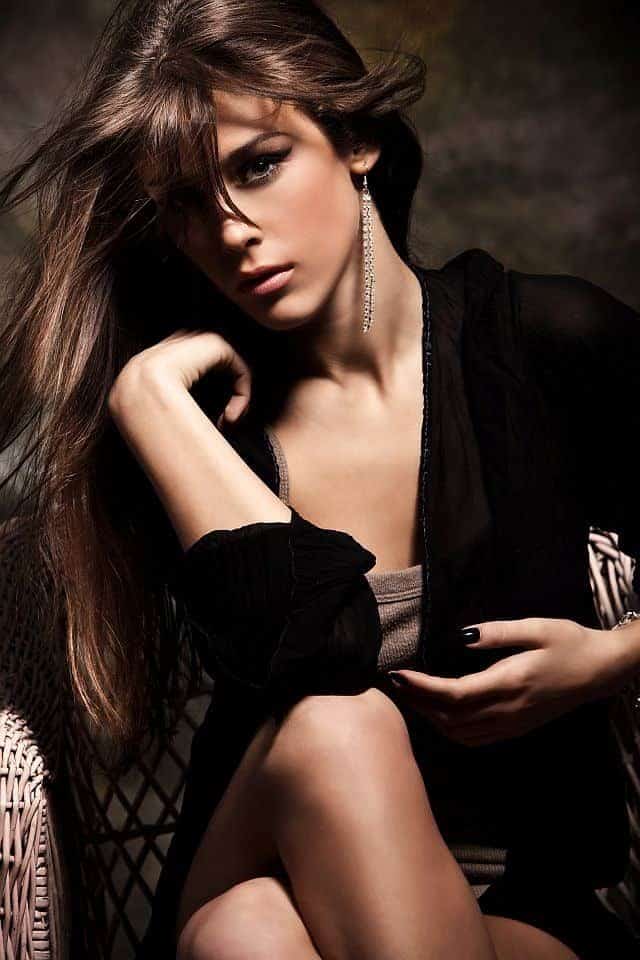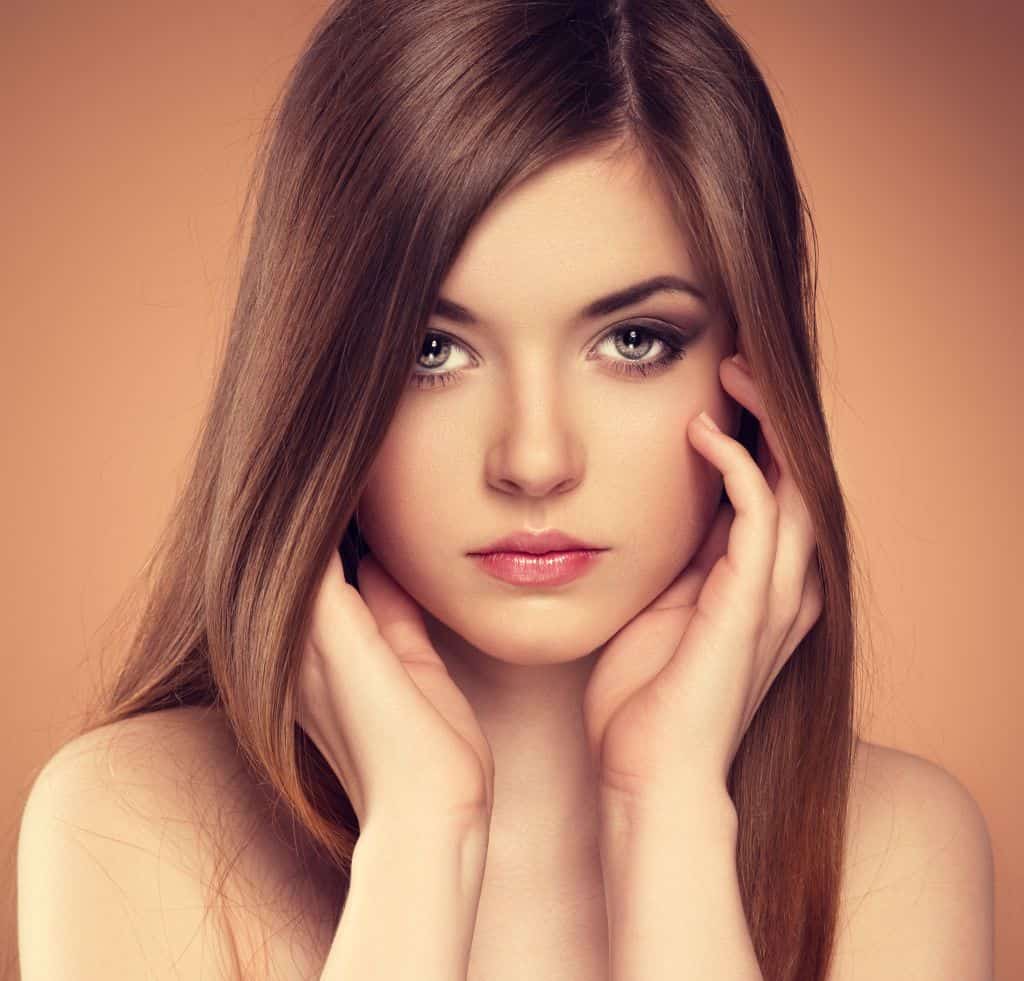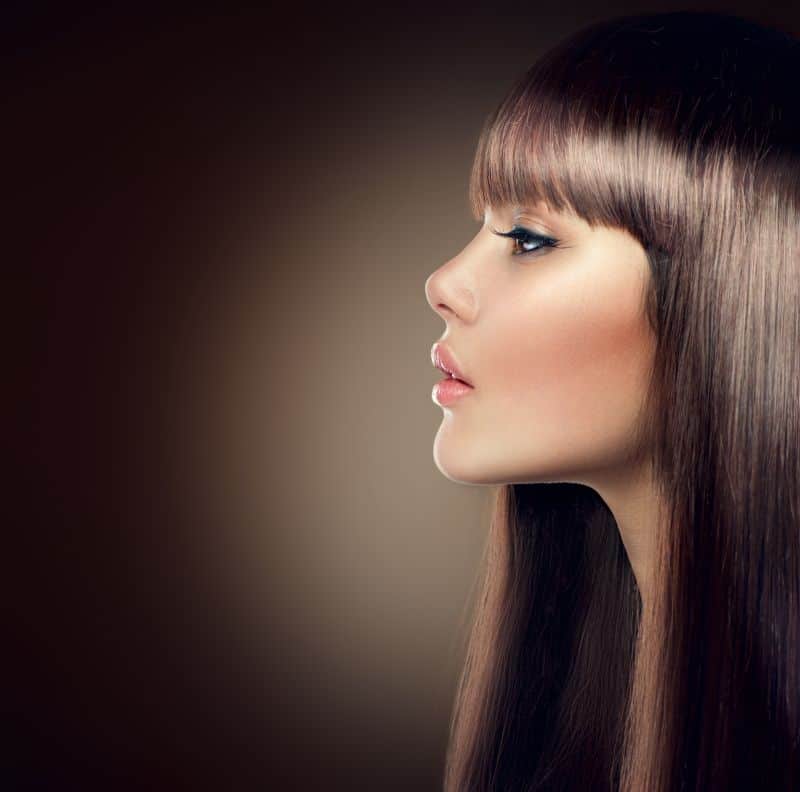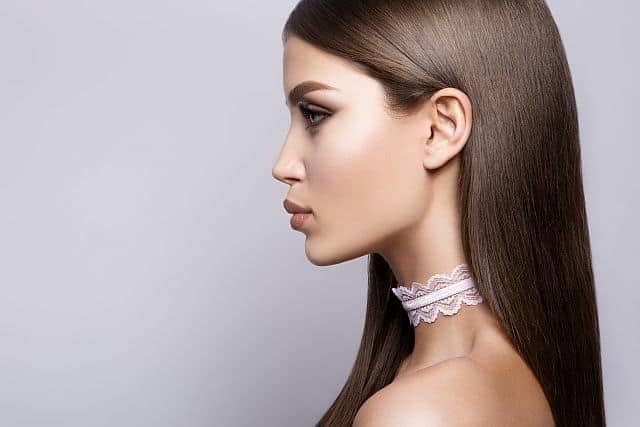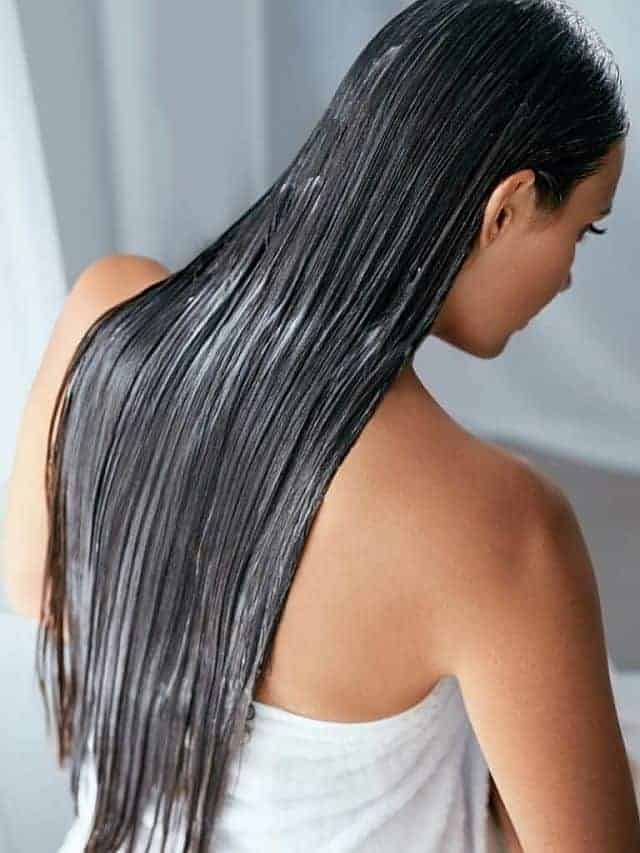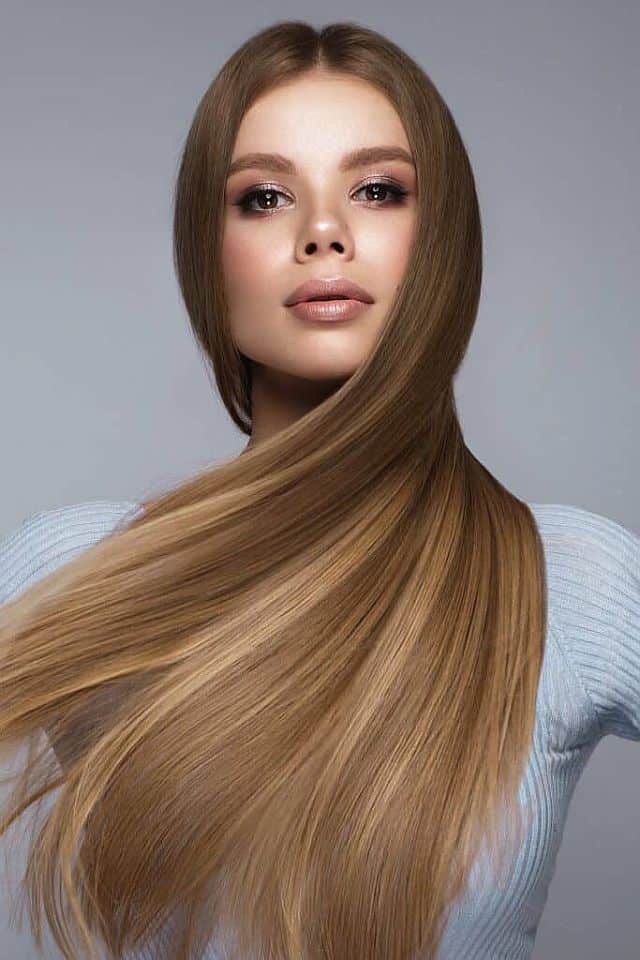Frequent use of hair straighteners can deplete your strands of moisture because conventional flat irons use your hair’s natural moisture to create smooth and perfectly straight hair. Steaming flat irons are designed to replenish moisture during the straightening process, giving your hair a sleek and shiny look without over-drying it.
Like using a steaming flat iron to remove wrinkles from your delicate clothes, the vapor emitted from the plates of the hair straightener enables you to achieve perfectly straight and silky hair.
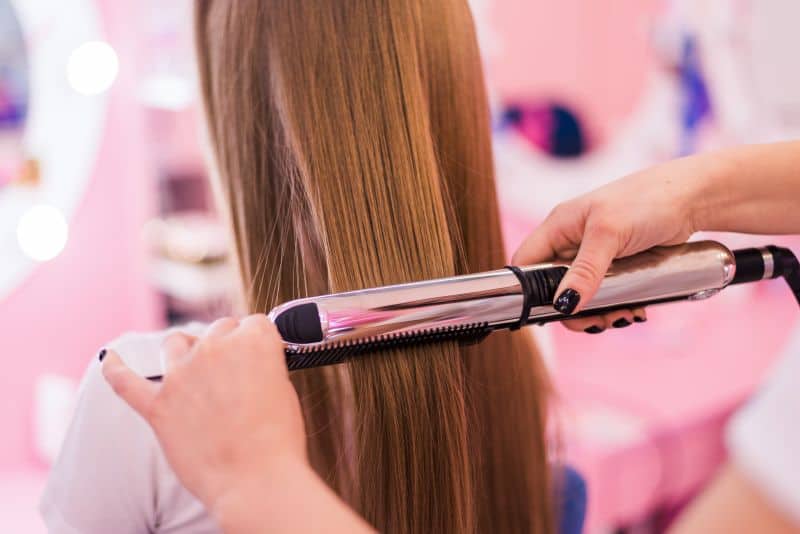
Steam Hair Straighteners Vs. Conventional Flat Irons?
- The steam feature is optional, so you can turn it off and use the steam flat iron just like a regular flat iron. You can select high, medium, or low steam settings depending on your hair type and desired results.
- Both types of hair straighteners can only be used on dry hair.
- Steam flat irons use Vapor Infusion Technology to straighten your strands more efficiently than regular straighteners while preventing heat damage to the hair. The released steam adds moisture to prevent over-drying.
- Thick, coarse hair is difficult to tame with a conventional flat iron. This type of hair requires more time and heat to create the style you want and frequent touch-ups to keep the hair straight. Steam-infused flat irons use bursts of steam to effectively straighten problematic hair that resists heat straightening, giving you longer-lasting results than traditional hair straighteners.
- Vapor hair straighteners come with a removable water tank, which should be filled with distilled water before straightening. Using plain water can shorten the lifespan of the steaming iron.
- The steam function activates only when the unit is pointed at a downward angle. Once you press the plates together, the steam will flow through specially designed holes in the plates.
- Depending on the brand of the steaming iron, a full tank provides 8 to 20 minutes of continuous styling.
Advantages of Steam Flat Irons
1. Works well for coarse hair: Using a steam straightener helps straighten natural, kinky, and coarse hair, giving you salon-like results at home. Using a steam iron can be a safe alternative to chemical relaxers. If you do relax your natural hair, you will need to get relaxer touch-ups less often.
2. Less damage from heat: Steam hydration helps prevent heat damage, leaving your hair looking healthy, soft, and sleek. The steam function makes flat irons very easy on processed and damaged hair, providing more protection from breakage than conventional flat irons.
3. Longer-lasting results: The straightening effects of a steam flat iron last longer than the effects of regular hair straighteners. The steam helps keep your hair straight all day or until your next shower.
4. More shine: The steam mist adds smoothness and shine, giving your style a beautiful glossy finish.
5. Less frizz: Vapor Infusion Technology makes hair more resistant to humidity, providing better frizz control.
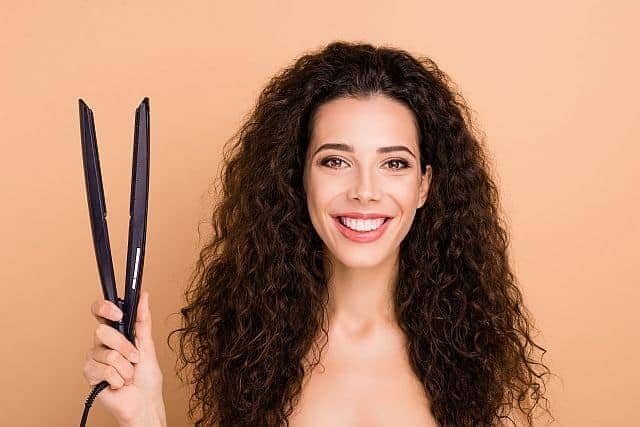
Steaming Flat Irons with a Conditioning Treatment
Some steam irons can also be used to condition hair during straightening sessions. These vapor irons use a heat protectant and nourishing products, like argan and macadamia oils, to infuse the hair shaft with a nutrient-rich treatment for restoring dry and damaged hair.
The heat transforms the oil into a conditioning vapor that is dispensed through the holes in the plates. Thermal-activated conditioning vapor penetrates through heat-raised cuticles to condition the hair shaft, leaving hair silky, shiny, and frizz-free.
Argan oil infusion minimizes damage from heat styling, softens the hair, and adds a glowing, shiny finish. Argan Vapor Treatment is especially beneficial for damaged and chemically processed hair.
A drawback of doing a conditioning treatment is that the small steam holes can easily become clogged with oil residue, especially if you own a cheaper steam iron. To get the most benefits from an Argan Vapor Treatment, consider purchasing a Cortex Professional Steamliner Vapor Iron.
How to Use a Flat Iron with a Steam Feature?
Make sure your hair is clean, detangled, and completely dry before using a flat iron with a steam feature. You will still need to use a heat protectant to prevent or minimize heat damage.
Wear a burn-proof glove while straightening your hair to avoid burning yourself, especially when you use the unit for the first time.
Fill the reservoir with distilled water and add a few drops of argan oil to enhance the shine. Adding oil works especially well for individuals with dry or normal hair. Re-insert the reservoir into place, making sure it will not leak.
Turn on the vapor button to activate the steam function. Select the steam level setting. Coarse hair requires a higher steam setting, while delicate and normal hair can be straightened at lower steam settings.
Point the flat iron downward to activate the steam function, holding it tightly while sliding your hair between the plates.
Turn the iron off when you need to refill the water reservoir to avoid burning yourself.
Clean the plates after every use to prevent the steam holes from getting clogged.
Is there any Drawback?
There are some drawbacks to using a steam flat iron. It takes some time to learn how to use it. While learning, you can easily burn your hand, face, or neck if you’re not careful. You can also burn your scalp when trying to get close to the roots if you don’t hold the unit at the proper angle.
The directions say not to take off the water reservoir when the iron is still hot, so you need to wait until the flat iron has cooled down to refill the steam compartment. This potentially adds some additional time to the styling process.
